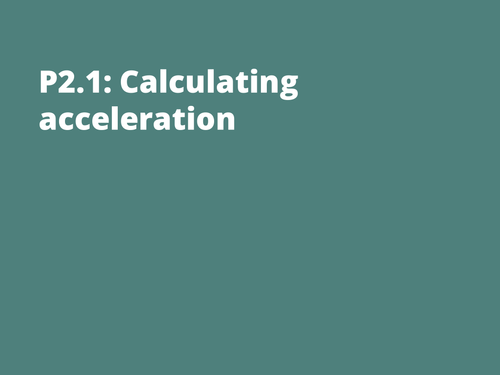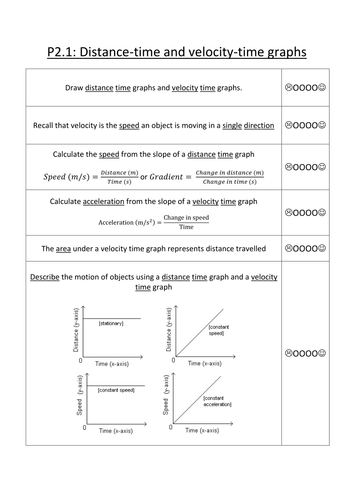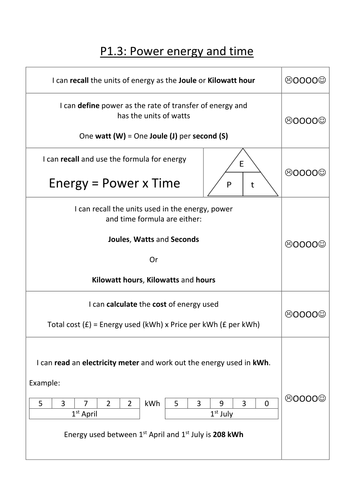Greenyoshi's Shop
This shop sells GCSE Physics resources that cater to many different ability ranges. Each well planned lesson contains a range of activities and differentiated worksheets for differing ability pupils. All worksheets come with worked answers and






















